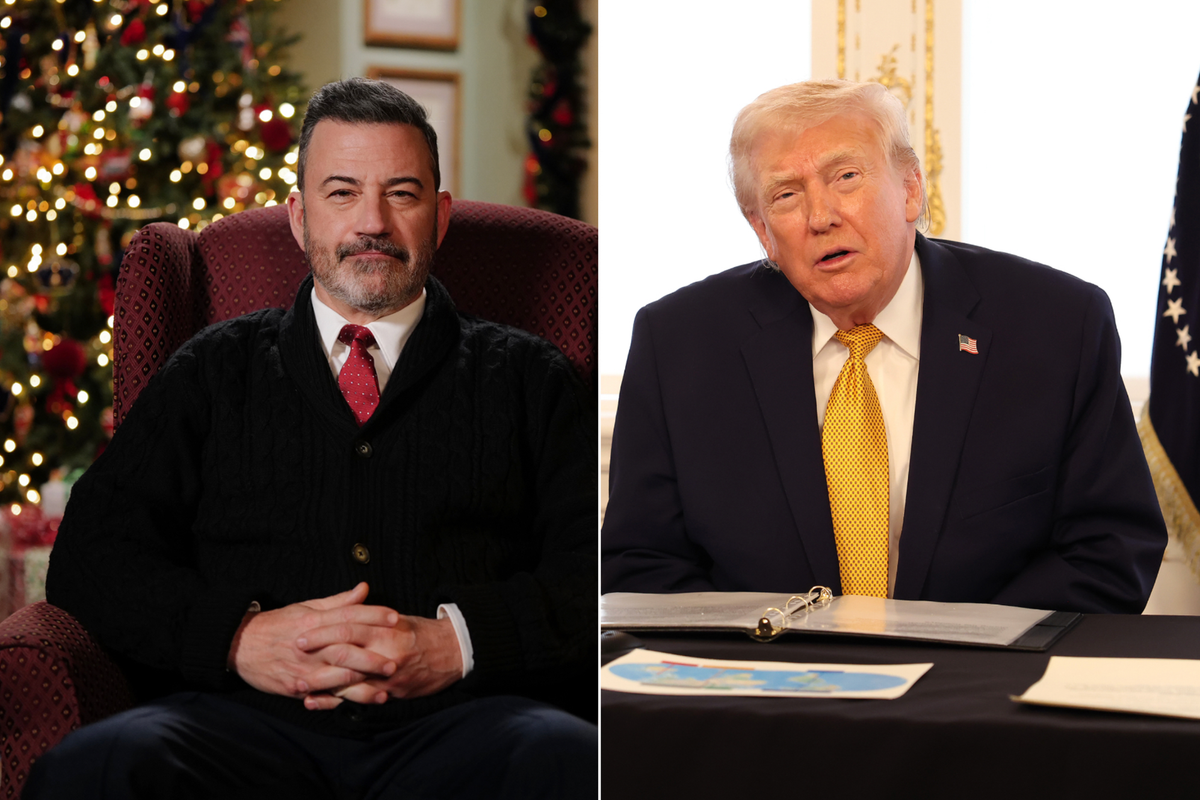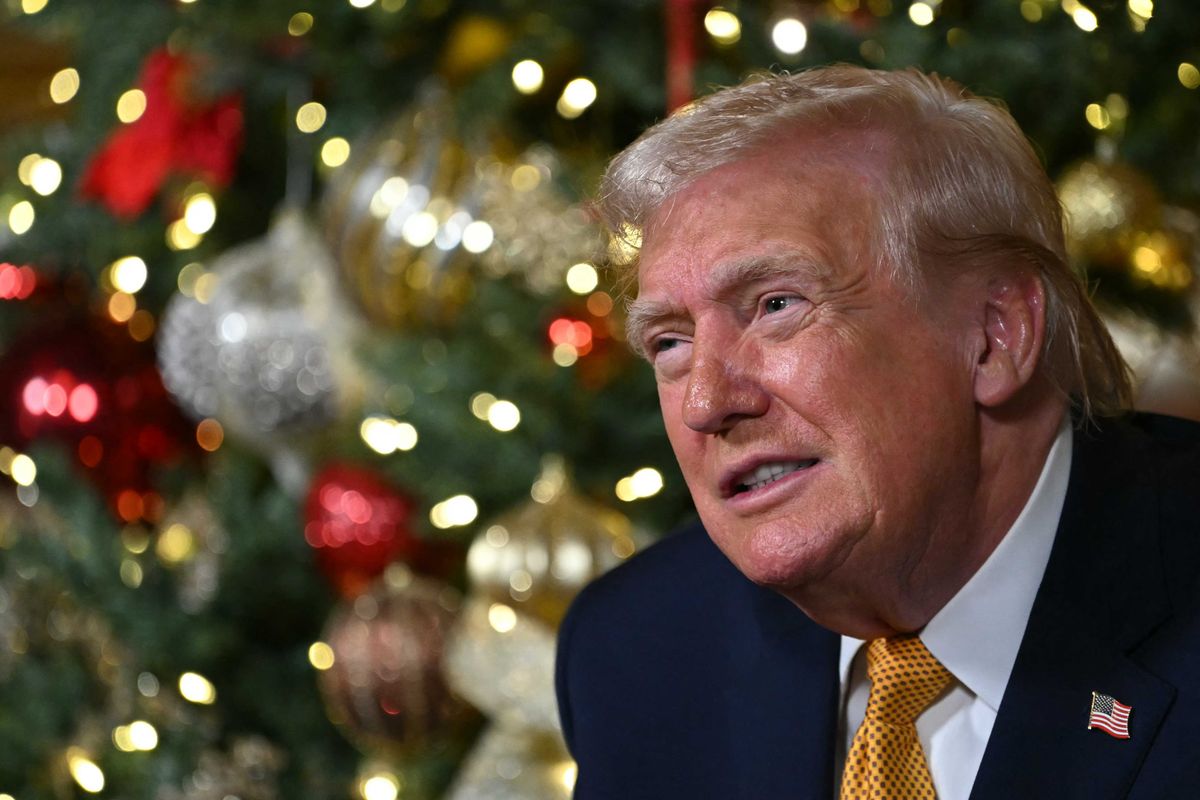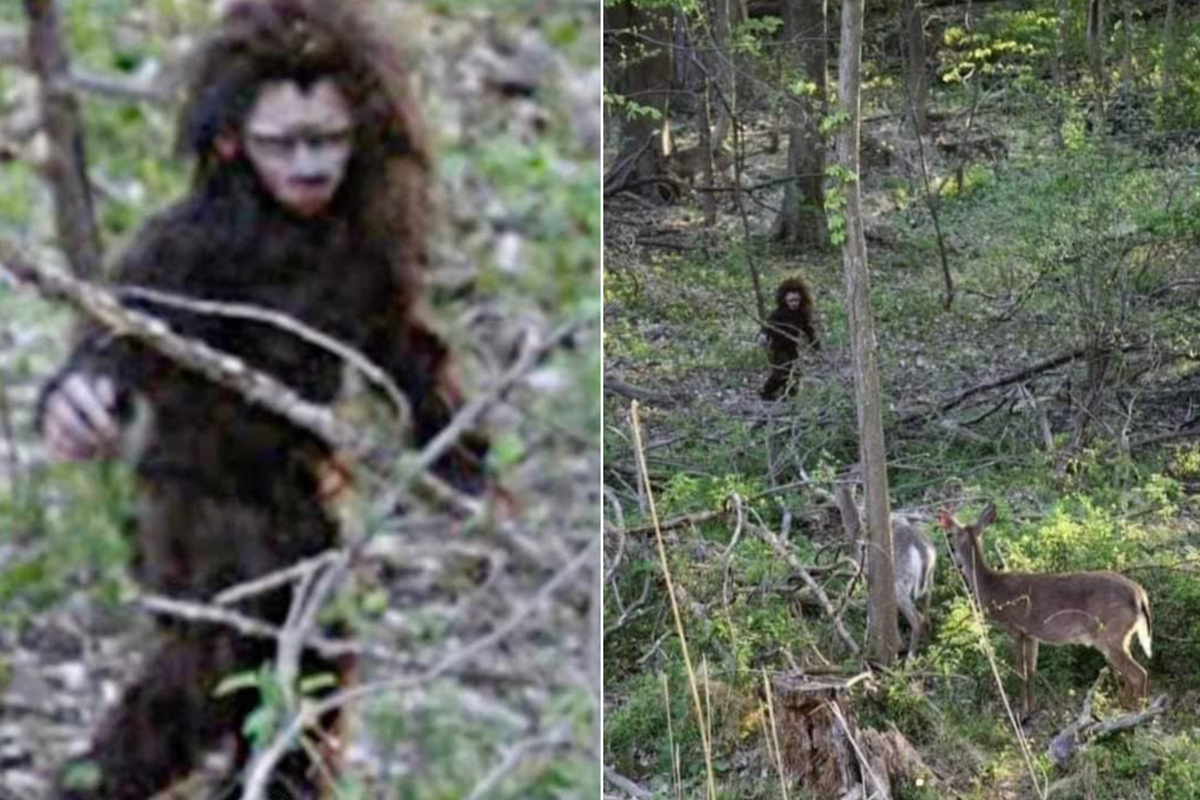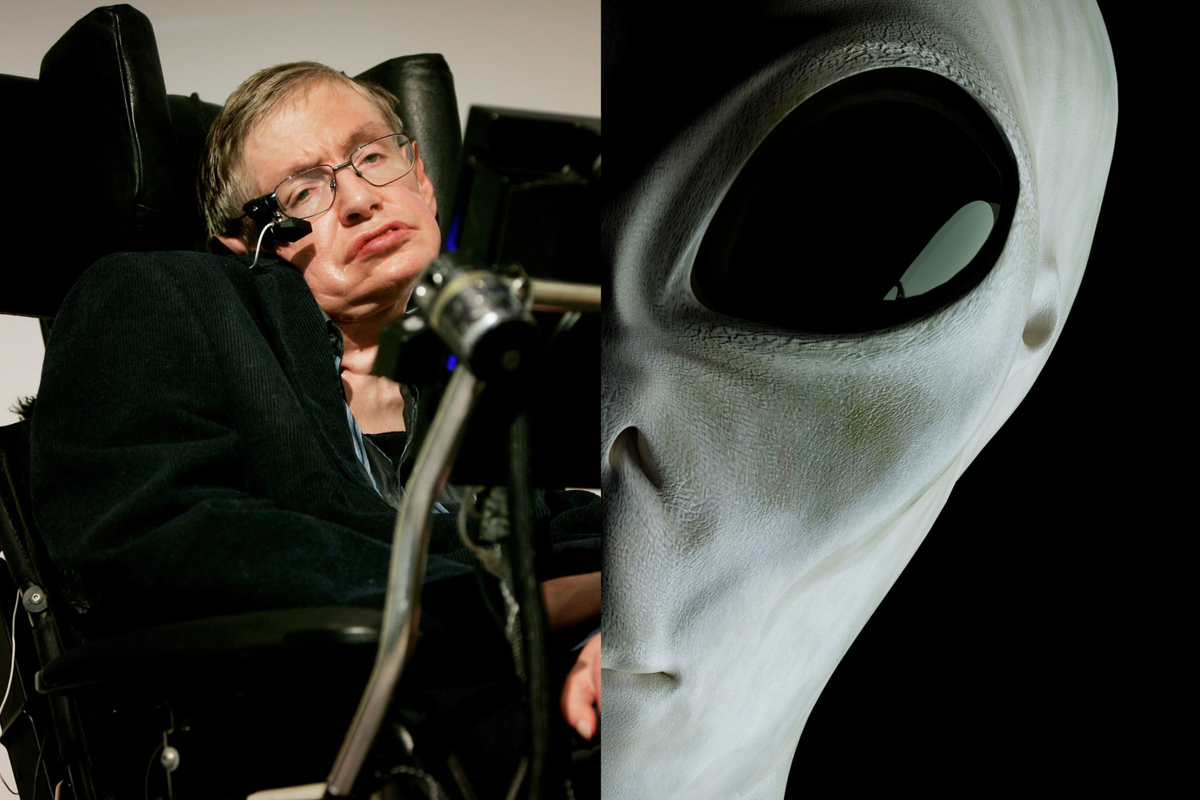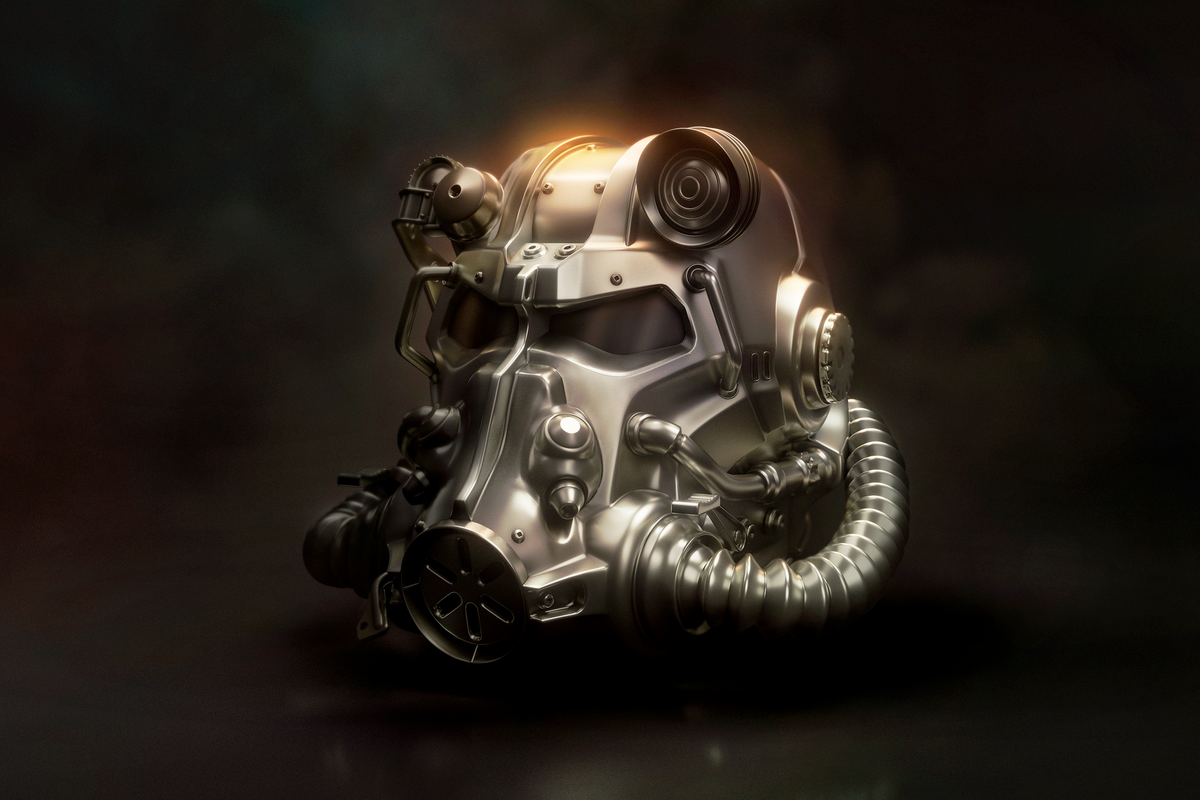Harriet Brewis
May 28, 2024
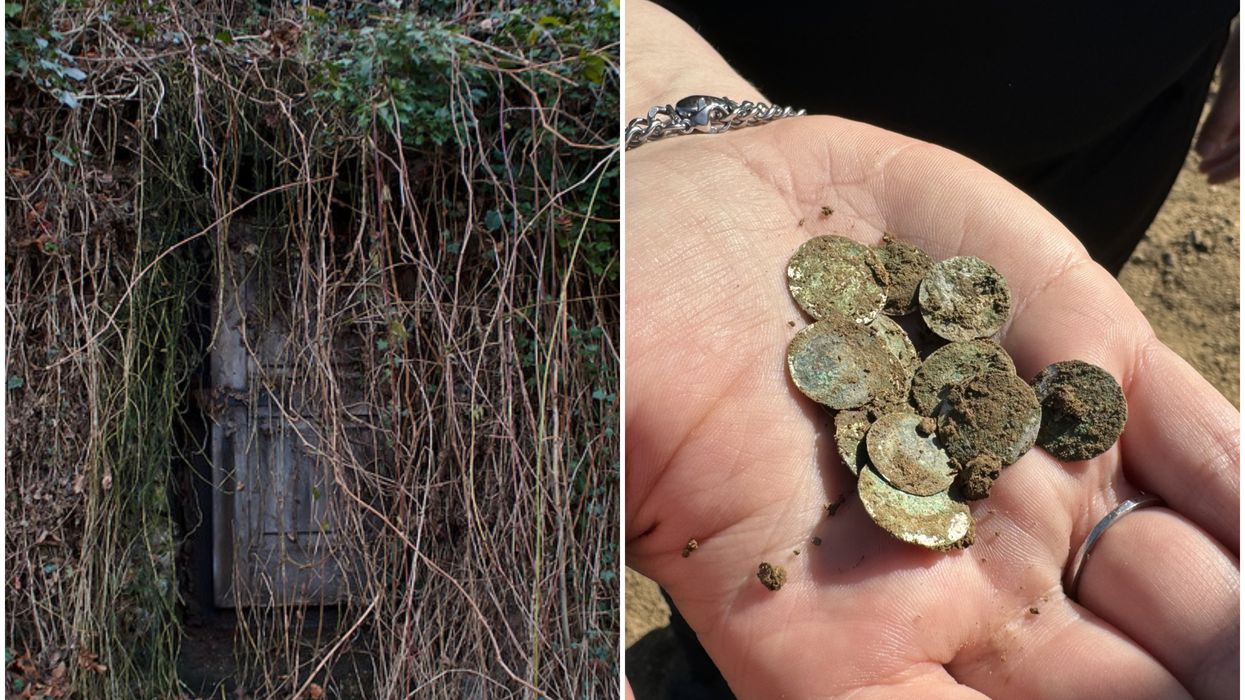
The woman was out walking in the Czech Republic's Kutnohorsk Region when she inadvertently hit the jackpot
(Public domain/Institute of Archeology of the Academy of Sciences of the Czech Republic)
One of the greatest archaeological finds of the last decade has been unearthed in the Czech Republic by an unsuspecting outdoors enthusiast.
The unnamed woman was out for a walk in the country’s Kutnohorsk Region when she chanced upon an old, broken ceramic pot.
This turned out to be a veritable jackpot for her when she realised that the smashed container housed a stash of more than 2,150 medieval silver coins.
The extraordinary treasure trove is now in the hands of Czech experts who are trying to get a better picture of the coins’ origins and purpose.
Filip Velímský, of Prague’s Institute of Archaeology of the Academy of Sciences of the Czech Republic, described the discovery as “winning the lottery”.
He explained that the coins – known as denarii – were most likely hidden away during a period of political turmoil in the region around 900 years ago.
"[The pot] was probably put in its place during the first quarter of the 12th century, at a time of internal political instability," Velímský said in a translated statement.
“At that time, there were disputes in the country between the members of the Přemysl dynasty about the princely throne of Prague."
Yet, sadly for whoever squirrelled the money away, they never made it back to reclaim it, and it has remained buried for almost a millennium.
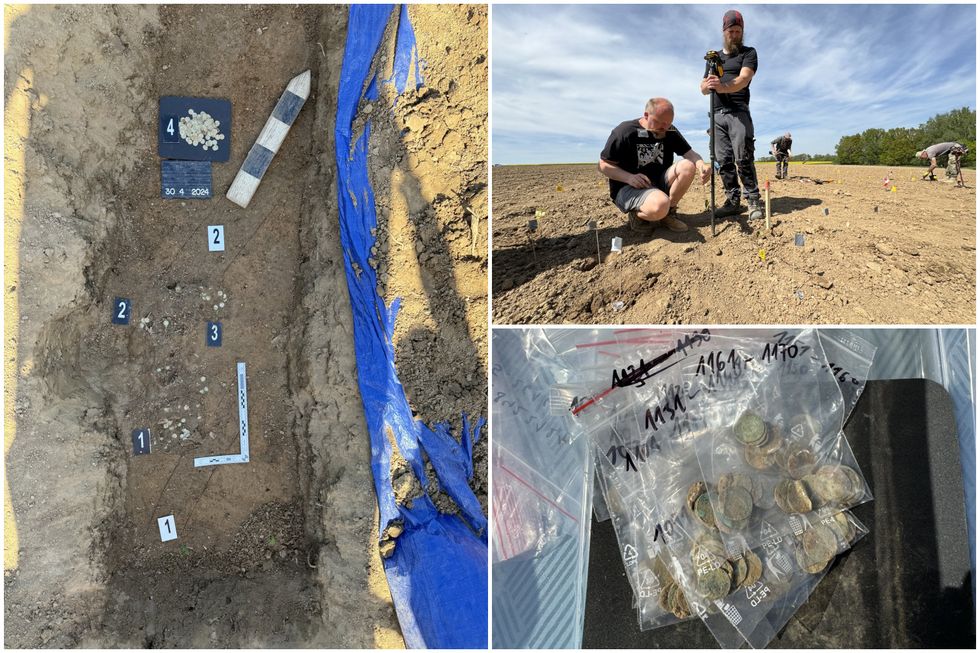
Analysis has since revealed that the denarii were minted from a silver alloy, containing copper, lead and trace amounts of other metals.
By determining the specific composition of the coins, the experts hope to determine the origin of the materials used.
"The coins were most likely minted in Prague from silver which was imported to Bohemia at the time ," explained Lenka Mazačová, of the Czech Silver Museum in Kutná Hora, which is helping to examine and restore the pieces.
However, both Mazačová’s and Velímský’s teams have a lot of work to do.
“The task of the museum staff will be to register all parts of the find in the collection, ensure the cleaning of individual coins and conduct necessary restorations, carry out photography for publication and promotional purposes, and identify the coins’ different denominations as part of a detailed catalogue," Mazačová said.
In addition, the denarii will undergo X-ray imaging and spectral analysis to determine their specific material composition.
The ultimate aim is to display the treasure at the Czech Silver Museum next year, for all to enjoy.
Regardless of where it came from, one thing is certain: the stash was a vast amount of money, even at the time.
Acknowledging that it could have represented cash for paying out wages, or may have been war booty, Velímský noted: “[It was] unimaginable for an ordinary person to have had that much money.
“It can be compared to winning a million in the jackpot.”
Sign up for our free Indy100 weekly newsletter
How to join the indy100's free WhatsApp channel
Have your say in our news democracy. Click the upvote icon at the top of the page to help raise this article through the indy100 rankings
Top 100
The Conversation (0)
